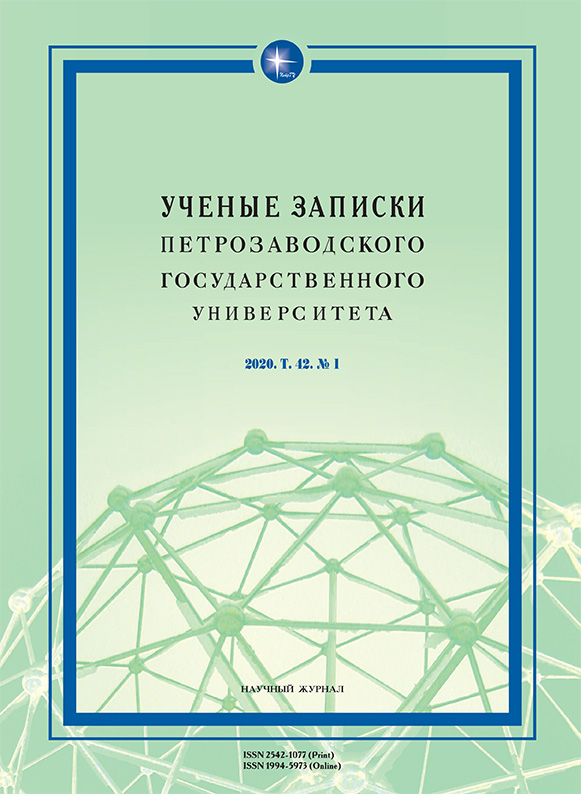Грамматические диалектные черты заонежского диалекта
GRAMMATICAL FEATURES OF THE ZAONEZHYE DIALECT
Author(s): Nina Vladimirovna MarkovaSubject(s): Language and Literature Studies, Morphology, Syntax, Sociolinguistics, Eastern Slavic Languages
Published by: Петрозаводский государственный университет
Keywords: Russian territory dialects; linguistic geography; Zaonezhye dialect; morphological and syntactic dialect differences; Northwestern Perfect; nominative object; genitive subject;
Summary/Abstract: This paper is the first of its kind to present the morphological and syntactical system of the Zaonezhye dialect, which somehow fell outside the scope of centralized studies dealing with Russian folk dialects. The author gives a list of identified specific morphological and syntactical characteristics, as well as the structural and functional distinctive features of Zaonezhye dialectal word forms and constructions revealed in the comparison with modern linguogeographical data. The relevance of the article is enhanced by the fact that it analyzes the unpublished materials of the XXI century, which enables to track certain tendencies in the grammar system development at the turn of the century. At the morphological level, the diminishing role of inflectional suffixes or endings is revealed: the syncretism of noun cases (u sestry – k sestry – o sestry), as well as high frequency of reduced endings of adjectives (stara babka) and verbs (znat). So-called “Northwestern Perfect”, actively used in northwest Russia, is represented in the Zaonezhye dialect by two types of synonymous clauses – with participles (u nego uideno) and verbal adverbs (on ushedshi). At the simple sentence level, nominative and genitive cases still compete with each other when they function as objects and subjects (raboty yest’ – rabota net).
Journal: Ученые записки Петрозаводского государственного университета
- Issue Year: 42/2020
- Issue No: 1
- Page Range: 63-71
- Page Count: 9
- Language: Russian

